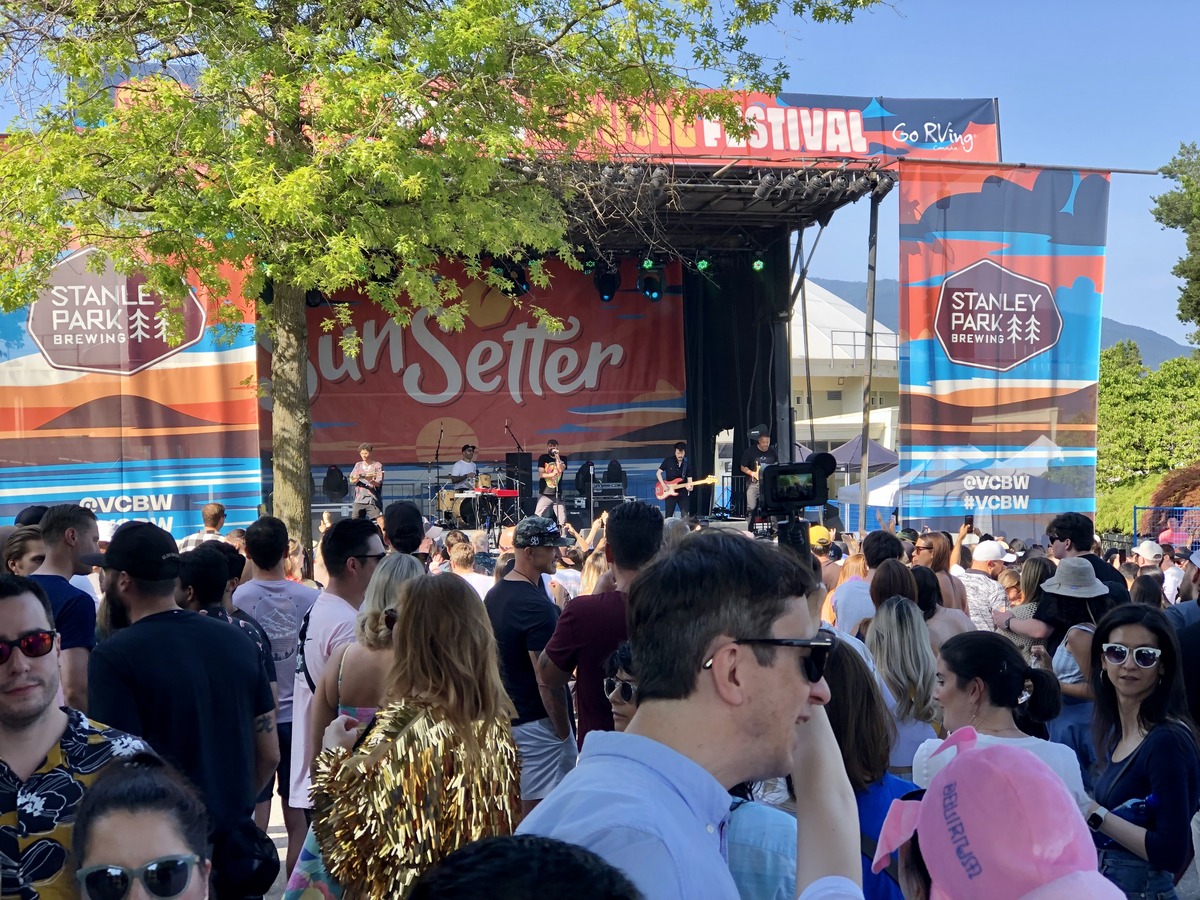Before sour beer became a phenomenon in 2017, I was one of its biggest fans. Maybe it was because I was a wine drinker, and there was some similarity. But the pendulum swung too far, and after tasting numerous “too sours”, I avoided them…until recently.
“Too many craft brewers were jumping on the bandwagon”, explained a rep from Ile Sauvage. “The beers just weren’t very good because there was consumer pressure to make a sour”. “But now, brewers are making them because they want to, not because they have to, and they are getting better at it. Better techniques are getting developed and we are sharing that information with each other as brewers.”
Sour beer is described as having a tart flavour and is made with wild bacteria and yeasts introduced during fermentation, a technique much easier to control than the older (but still used) method of open-air inoculation, and just one of the reasons why sour beer is becoming better and more accessible. The most common yeast used is Brettanomyces or Brett, the same culprit that can make wine corked. Lactobacillus and Pediococcus are types of bacteria that make beer sour in a good way but ruin most other styles of beer, making it imperative to be brewed seperately from the others in the brewing facility.
Sours have been around for a long time, dating back to Europe in the early 1800s. There are many types, including lambic, gose, Flanders, Berliner Weisse and wild ales. Saison and Farmhouse Ales are close cousins but not true sours. They all share the commonality of having high acidity, making them great for food pairing. They often have some fruit components, can be barrel aged and are low IBU (international bitterness units).
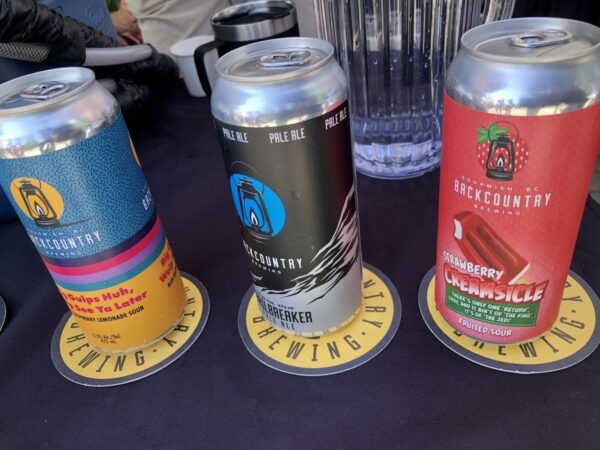
At the Vancouver Craft Beer & Music Festival held on July 8, there was an abundance of sours to sample. Judging from the comments I overheard and what was in people’s glasses, I was apparently not the only fan of the beer style. There were too many options to try them all, but there were some standouts.
House of Funk (North Vancouver) created its own “Funk Garden” complete with DJ, games and multiple pouring stations, offering everything from Old Bruin to coffee spritzes. The Greater Vancouver Beer Truck was tapping five additional House of Funk labels, including three field blends and two barrel-aged options, the Bootsy and Diana.

33 Acres Brewing Company (Mount Pleasant) poured Mezcal Gose, which they claimed has become their beer of the summer. With a distinctive smokiness on the nose, it was refreshing and would pair perfectly with some spicy tacos.
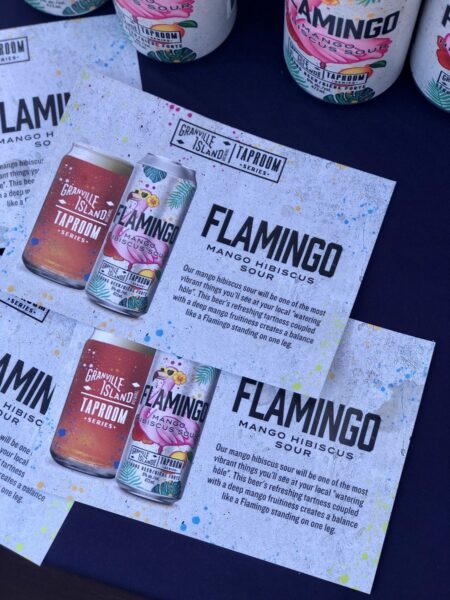
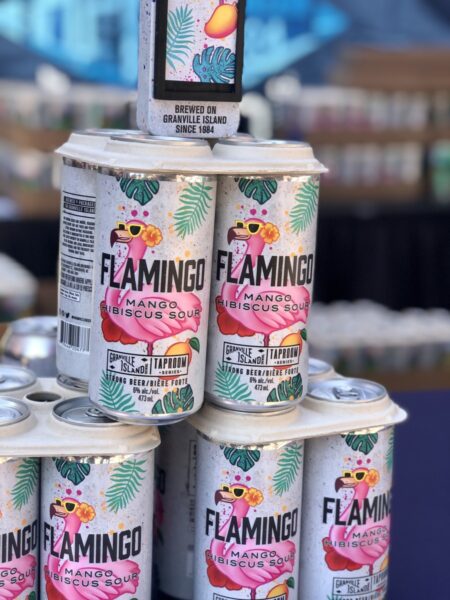
Granville Island Brewing (Granville Island) makes not just a delicious sour, but also has distinctive marketing with their Flamingo Mango Hibiscus Sour. “This beer’s delicious tartness coupled with a deep mango fruitiness creates a balance like a flamingo standing on one leg” is a very accurate description. A limited seasonal release, it is available in cans at the brewery, a perfect addition to a summer party.
Central City Brewers and Distillers (Surrey) poured their Framboise, a 2023 Gold Medal World Beer Cup winner for Belgian fruited beers. Barrel aged five years in French oak followed by two years on raspberries in tank, the beer was dangerously delicious at 9.6% alcohol. It would be perfect topped with a splash of bubbles, a modified French kir cocktail.
Backcountry Brewing (Squamish) poured their Strawberry Creamsicle Fruited Sour. It had a full creamy mouthfeel and was less tart than most other sours tasted, a perfect “dessert” beer to end the day!
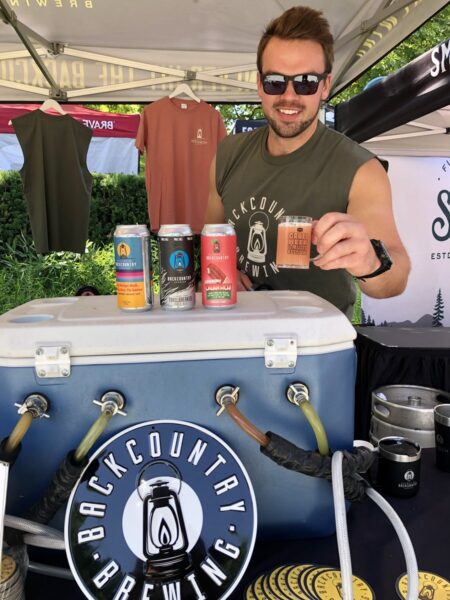
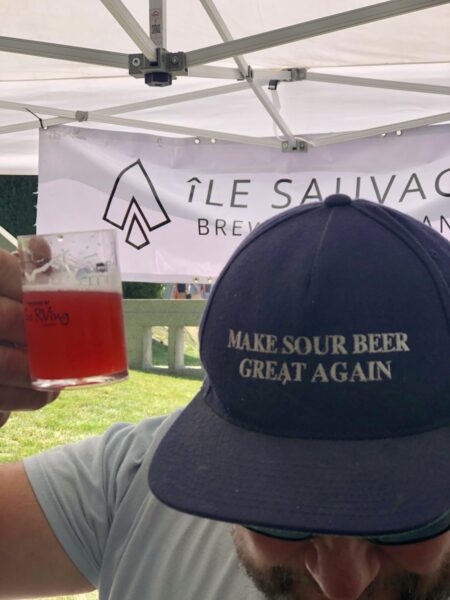
The man wearing a ball cap with the slogan “Make Sour Beers Great Again” at Ile Sauvage Brewing (Vancouver island) caught my attention. Producing mainly wild and sour beer, they offered samples of Gusano Gose, containing a touch of worm salt and Raspberry Sour with deliciously balanced flavour of raspberries on the palate.
There were so many unique flavours of sours to try, ranging from dill pickle to beet. There were variations on both the pineapple coconut and the newly coined acronym POG (passion fruit, orange, guava) themes, perfect tropical flavours for the hot afternoon. I highly recommend attending Beerfest next year, held annually in July, as there is no better place to sample the vast array of sours locally produced in BC. But in the meantime, next time you head to a craft brewery or visit your local liquor store, source out a sour to try…or like I did, try again.

